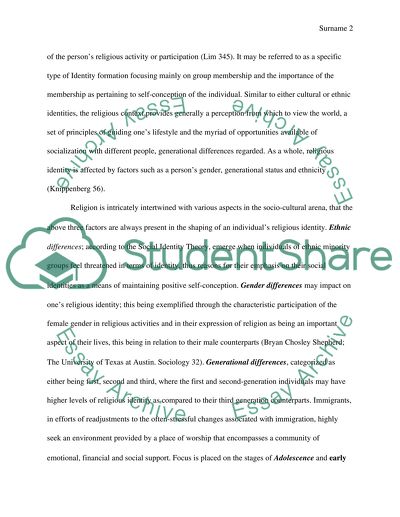Cite this document
(“Religious Identity Essay Example | Topics and Well Written Essays - 2250 words”, n.d.)
Retrieved from https://studentshare.org/religion-and-theology/1439171-religious-identity
Retrieved from https://studentshare.org/religion-and-theology/1439171-religious-identity
(Religious Identity Essay Example | Topics and Well Written Essays - 2250 Words)
https://studentshare.org/religion-and-theology/1439171-religious-identity.
https://studentshare.org/religion-and-theology/1439171-religious-identity.
“Religious Identity Essay Example | Topics and Well Written Essays - 2250 Words”, n.d. https://studentshare.org/religion-and-theology/1439171-religious-identity.


